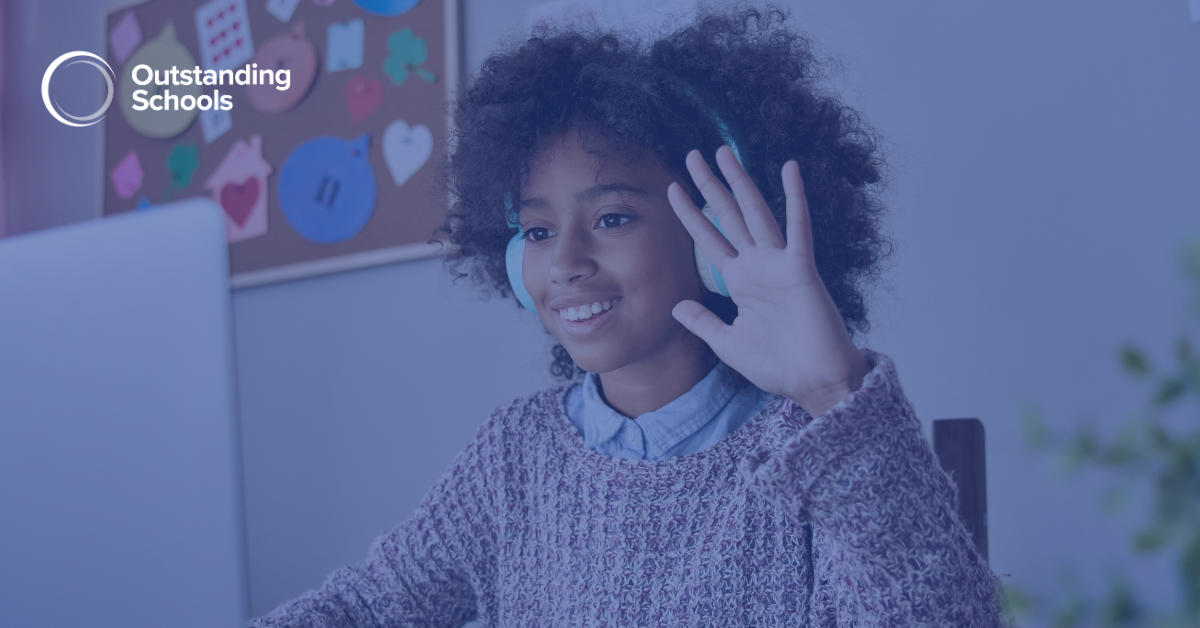Four Ingredients that Motivate Our Learners to Engage | John Almarode, Douglas Fisher and Nancy Frey
Let’s start with a challenge.
Once upon a time a local merchant went to a market and purchased a wolf, a goat, and several heads of cabbage. On his way home, the merchant came upon a river and a boat. He knew that crossing the river using the boat would expedite his trip and get him home before dark. However, crossing the river by boat, the merchant could carry only himself and one of his purchases at a time. For each crossing he could carry either the wolf, the goat, or the heads of cabbage. This created some challenges. First, if he left the wolf unattended with the goat, the wolf would eat the goat. If the merchant left the goat and the heads of cabbage, the goat would eat the cabbage. How did he get each item across the river and safely home?
What is the solution to this problem? How does this individual get the wolf, the goat, and all of his cabbage safely to the other side of the river? Hold on to your solution until the end of this blog post. We will reveal the solution right before we sign off.
For now, let’s reflect on what happened while you engaged in this particular problem. To do that, consider the following reflective questions:
- Why did you not just try to find the solution to this problem, but likely persisted until you had at least one viable solution?
- What kept you from scrolling to the bottom of this blog post and just reading the solution?
Now, for those readers that did not persist and skipped right to the end of this blog post, answer the same question. Why did you not persist and what compelled you to scroll to the bottom to immediately find the answer?
While this challenge involved a wolf, a goat, and heads of cabbage, we could easily have substituted that content for a specific text-based task, completing a laboratory experiment in science, writing an analysis paper in social studies, or solving a multi-step problem in mathematics. Each of these situations requires learners to leverage our motivation to not only initiate our work with a task, but persist to the completion of that task. Just like we did at the start of this blog post, our learners make a decision about whether to initiate and persist through the learning experiences and tasks in our schools and classrooms. This decision made by our learners, or their motivation to engage, is exactly what we want to explore in this post.
One of the most fascinating aspects of research on how our students learn is that almost every study begins with the assumption of a motivated learner. As teachers, we know this is not a safe assumption. Right? Therefore, we cannot sidestep this very important part of the learning process. Motivation in our schools and classrooms refers the general desire of learners to engage in the learning experiences or tasks. This may also reflect the willingness of learners to uphold the expectations for being a member of the classroom learning community (e.g., norms and processes for social interactions, moving from one area of the classroom or building to another). Motivation is an essential component of the science of how we learn simply because the learning expected in our classrooms will only move forward if learners have the desire or willingness to commit the necessary effort to learning.
So how do we foster, nurture, and sustain the motivation needed to acquire, consolidate, and store declarative, procedural, and conditional knowledge (e.g., a specific text-based task, completing a laboratory experiment in science, writing an analysis paper in social studies, or solving a multi-step problem in mathematics)? The body of research on motivation has filled journals and books for many years. A review of that work is beyond the scope of this blog post. However, there are several big ideas that provide a starting point for us in motivating our students to engage in the learning experiences and tasks in our classrooms.
- Do we seek to tap into students’ interests or help them see the learning in a positive light? (Effect Size = 0.46). Learners show increased motivation in putting forth effort in the acquisition, consolidation, and storage of learning when that learning is of interest to them and towards which they have a positive attitude. Learning interest and attitude have an average effect size of 0.46, which means this particular ingredient has the potential to accelerate learning (Visible Learning MetaX, 2021).
- Do we attend to learners’ self-efficacy (Effect Size = 0.71)? Learners are motivated by the belief that their efforts in learning will pay off or provide some immediate or long-term benefit to them (Visible Learning MetaX, 2021).
- How do we explicitly link student effort and expectations to specific outcomes (Effect Size = 0.68)? If learners are able to link their efforts in learning to specific outcomes, both positive and negative, they are more likely to put forth effort in succeeding in their learning (Visible Learning MetaX, 2021).
- How do we seek to focus on deep motivation instead of simply getting it done for a grade (Effect Size = 0.57)? Deep motivation occurs when our learners want to develop competency, mastery, and deeper understanding to have a fuller understanding of overall content, skills, and understandings (Visible Learning MetaX, 2021).
- In what ways do we incorporate cooperative learning into our schools and classrooms (Effect Size = 0.40)? This is a pedagogical strategy through which two or more learners collaborate to achieve a common goal. Typically, cooperative learning programs seek to foster positive interdependence through face-to-face interactions, to hold individual group members accountable for the collective project, and to develop interpersonal skills among learners (Visible Learning MetaX, 2021).
- How do we identify and leverage prior achievement and success in new learning (Effect Size = 0.59)? As learners have mastery experiences or experience success in a specific area, their motivation to further engage and persist in future learning experiences or tasks goes up. Prior achievement and success helps to build learners’ efficacy, raise expectations, and improve their overall attitude and dispositions towards learning (Visible Learning MetaX, 2021).
These starting points, or ingredients, must be blended together in just the right ratio based on the specific context of our classrooms. That is, instead of looking at these ingredients as a checklist, we should consider the specific learning outcomes for particular content, skills, and understandings and decide what is necessary to foster, nurture, and sustain our learners’ engagement. For example, some of the learning in our schools and classrooms is interesting on its own and our learners require very little convincing to engage. Sometimes we have to support our learners in enhancing their self-efficacy (see Hattie, Fisher, Frey, and Clarke, 2021).
Motivation is an aspect of learning that will need continuous monitoring and adjusting. What is an impetus for effort on Monday may not be as effective on Wednesday; what moves learners to devote resources to learning in the morning may not do the same later in the day. If we are to have great learning by design, we need to keep a close eye on the motivation of our learners.
Finally, let’s return to the opening challenge of this blog. For this particular problem, the merchant must first take the goat across the river. Then return with an empty boat to get the wolf. Then take the wolf across and exchange the wolf for the goat. Returning to original side of the river, the merchant must leave the goat and now talk the heads of cabbage back across the river and leave them with the wolf. Finally, the merchant must return to the original side of the river with an empty boat to get the goat and complete the journey. That is just one solution. Our real question is what ingredients for motivation were present in this challenge? Maybe that is why we were more than willing to take it on before reading this blog. Now, let’s put these ideas to work in our schools and classrooms.
References
Hattie, J., Fisher, D., Frey, N., & Clarke, S. (2021). Collective student efficacy. Creating independent and inter-dependent learners. Thousand Oaks, CA: Corwin Press.
Visible Learning MetaX. (2022, June). Retrieved from https://www.visiblelearningmetax.com/
This article was written by John Almarode, Professor of Education at James Madison University, Douglas Fisher, Professor of Educational Leadership at San Diego State University, and Nancy Frey, Professor of Educational Leadership and Teacher Education at San Diego State University.
Join Douglas Fisher at the upcoming  , taking place between the 4th - 5th October 2023 in Dubai, for his keynote presentation.
, taking place between the 4th - 5th October 2023 in Dubai, for his keynote presentation.




